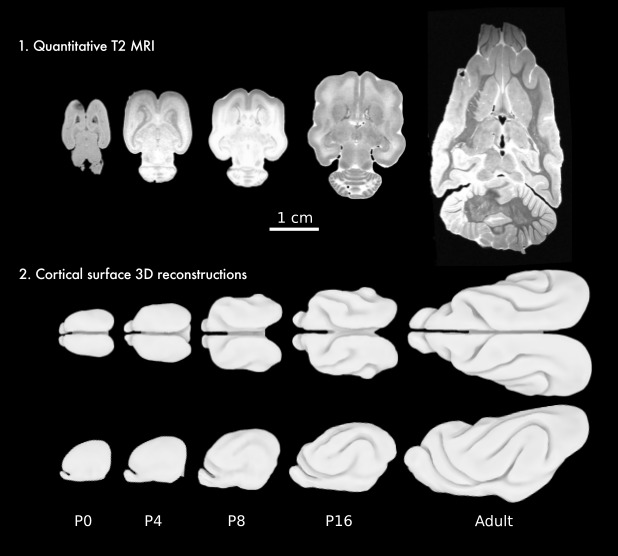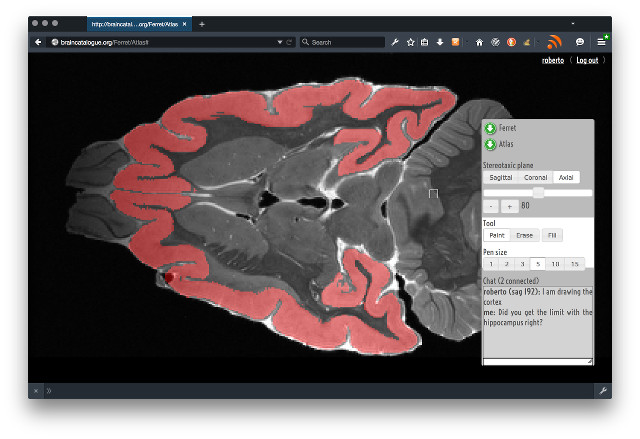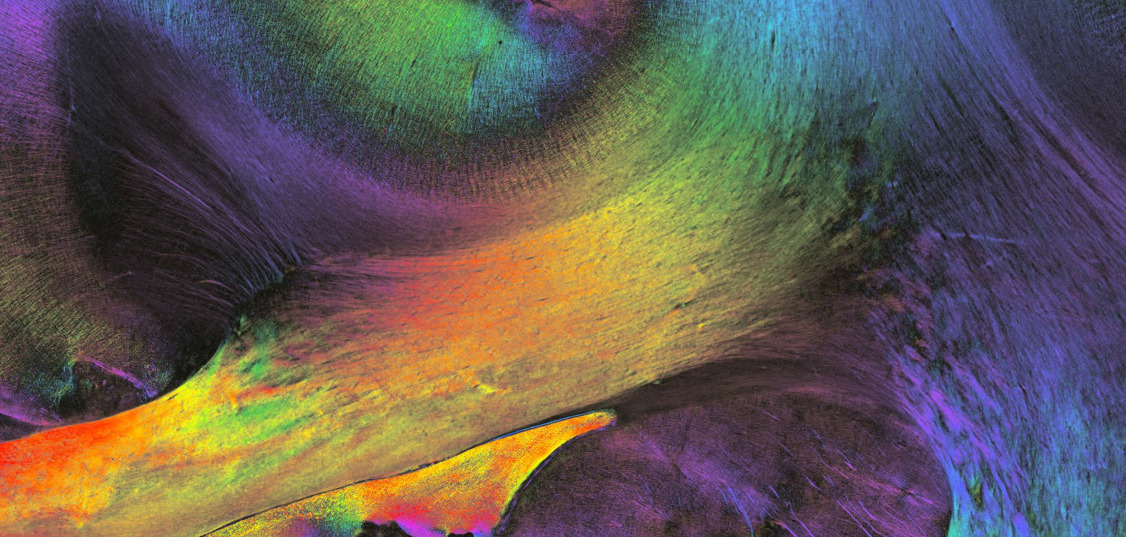applied & theoretical
Project FIIND is an international effort to create the most detailed description of the development of the ferret brain. The first days after birth in ferrets provide a unique view of the development of a complex brain. Unlike mice, ferrets develop a rich pattern of deep neocortical folds and cortico-cortical connections. Unlike humans and other primates, whose brains are well differentiated and folded at birth, ferrets are born with a very immature and completely smooth neocortex: folds, neocortical regionalisation and cortico-cortical connectivity develop in ferrets during the first days after birth. After a period of fast neocortical expansion, during which brain volume increases by up to a factor of 4 in 2 weeks, the ferret brain reaches its adult volume at about 6 weeks of age.
The ferret: an exceptional animal model for neuroimaging
Ferrets appear as an exceptional animal model to investigate the neurobiological correlates of the phenomena observed in human neuroimaging. Many of these phenomena, such as the relationship between brain folding, cortico-cortical connectivity and neocortical regionalisation cannot be investigated in mice, but could be investigated in ferrets.

An open science project
We are constituting an open, collaborative atlas of ferret brain development, integrating multi-modal and multi-scale data. We are acquiring data from many animals, from newborns to adults, using high-resolution MRI, diffusion weighted imaging (DWI) and high-throughput histology. Brains will be sectioned at 25 μm and scanned at 0.25 μm of resolution, and processed for real-time multi-scale visualisation. We are building a web-platform to integrate an interactive multi-scale visualisation of the data. Using our combined expertise in computational neuroanatomy, multi-modal neuroimaging, neuroinformatics, and the development of inter-species atlases, we are building an open-source web platform to allow the collaborative, online, creation of atlases of the development of the ferret brain. The web platform will allow researchers to access and visualise interactively the MRI and histology data. It will also allow researchers to create collaborative, human curated, 3D segmentations of brain structures, as well as vectorial atlases. Our work should provide a first integrated atlas of ferret brain development, and the basis for an open platform for the creation of collaborative multi-modal, multi-scale, multi-species atlases.

